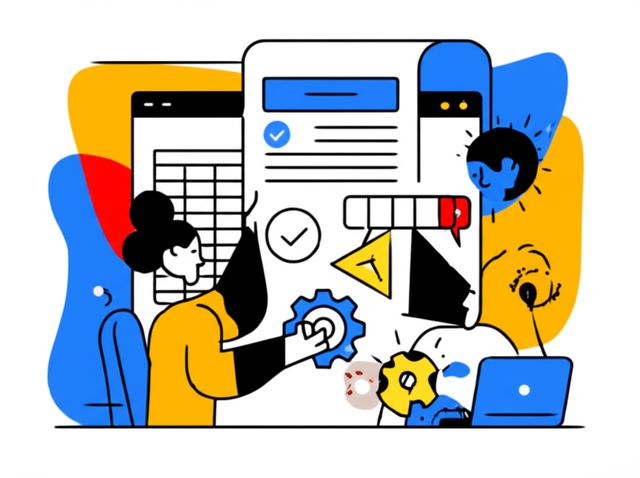Excel Automation
Excel Automation is the process of using software or code to perform repetitive tasks in Microsoft Excel. This can save you a lot of time and effort, especially if you work with large datasets or complex spreadsheets.
Why learn Excel Automation?
There are many reasons why you might want to learn Excel Automation. Some of the benefits include:
- Save time: Automating repetitive tasks can free up your time to focus on more important things.
- Improve accuracy: Automated tasks are less prone to errors than manual tasks.
- Increase efficiency: Automation can help you to streamline your workflow and improve your overall productivity.
- Gain a competitive advantage: Businesses that use Excel Automation can gain a competitive advantage by being able to work more efficiently and effectively.
How can I learn Excel Automation?
There are many ways to learn Excel Automation. You can take an online course, read a book, or find tutorials online. There are also many software programs and tools that can help you to automate tasks in Excel.
What are some online courses that can help me learn Excel Automation?
There are many online courses that can help you to learn Excel Automation. Some of the most popular courses include:
- Control Excel with Python & OpenPyXL
- Machine learning with Python for finance professionals
- Automation Techniques in RPA
- Getting Started with Automation 360
These courses can teach you the basics of Excel Automation, as well as more advanced techniques. They can also provide you with hands-on experience with Excel Automation software and tools.
What are some careers that use Excel Automation?
There are many careers that use Excel Automation. Some of the most common include:
- Data Analyst
- Financial Analyst
- Business Analyst
- Operations Manager
- Project Manager
These careers all require the ability to work with large datasets and complex spreadsheets. Excel Automation can help these professionals to save time, improve accuracy, and increase efficiency.
What are some personality traits that fit well with learning Excel Automation?
Some personality traits that fit well with learning Excel Automation include:
- Attention to detail: You should be able to spot errors and inconsistencies in data.
- Problem-solving skills: You should be able to identify problems and develop solutions.
- Analytical skills: You should be able to understand and interpret data.
- Patience: Learning Excel Automation can take time and effort.
- Willingness to learn: You should be willing to learn new things and keep up with the latest trends.
How can online courses help me to learn Excel Automation?
Online courses can be a great way to learn Excel Automation. They can provide you with the flexibility to learn at your own pace and on your own time. Online courses can also provide you with access to expert instructors and resources.
Here are some of the ways that online courses can help you to learn Excel Automation:
- Lecture videos: Lecture videos can provide you with a clear and concise overview of Excel Automation concepts.
- Projects and assignments: Projects and assignments can help you to practice your Excel Automation skills.
- Quizzes and exams: Quizzes and exams can help you to test your understanding of Excel Automation concepts.
- Discussions: Discussions can provide you with an opportunity to ask questions and get help from other students.
- Interactive labs: Interactive labs can provide you with a hands-on experience with Excel Automation software and tools.
Are online courses enough to fully understand Excel Automation?
Online courses can be a great way to learn the basics of Excel Automation. However, they may not be enough to fully understand all of the concepts and techniques involved. To fully understand Excel Automation, you may also need to read books, articles, and other resources. You may also need to take additional courses or workshops.
Conclusion
Excel Automation is a valuable skill that can save you time, improve accuracy, and increase efficiency. There are many ways to learn Excel Automation, including online courses, books, and tutorials. Whether you are a student, a professional, or a lifelong learner, Excel Automation is a skill that can benefit you.


